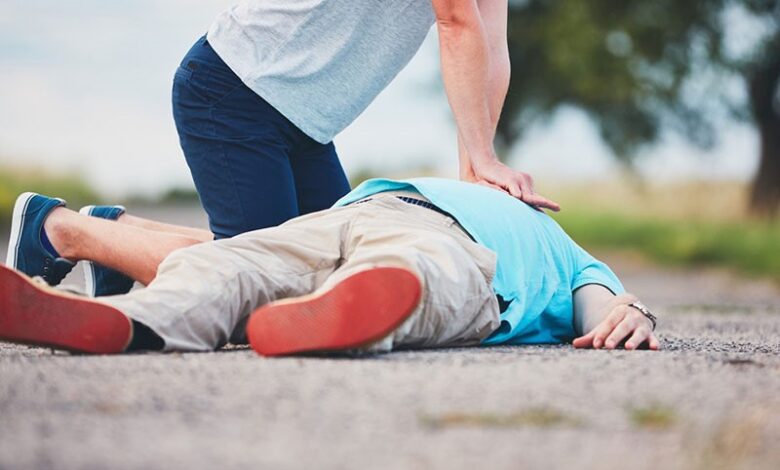The Need To Know: Answering 9 Important Questions About SCA

Sudden cardiac arrest (SCA) kills an estimated 22,000 to 33,000 Australians every year, cementing the case for having AED technology in public spaces. SCA is when the heart’s normal rhythm suddenly becomes hectic, and the heart can no longer pump blood effectively.
Victims typically collapse, stop breathing, become unresponsive and lose a detectable pulse – people of any age can be victims. It is more common for older people and people with health problems to experience SCA, although many people with no reported risk factors still experience SCA.
If you’re looking to buy AED Australia, here are some important questions about the condition that we have answered to shed further light on the problem:
1. Is SCA the same as experiencing a heart attack?
No – they are different conditions. Both SCA and a heart attack are, of course, problems of the heart, they are different situations. SCA is an electrical issue whereas a heart attack concerns the heart’s “plumbing” system. On certain occasions, a heart attack can be the direct cause of SCA.
2. How should SCA be treated?
Performing defibrillation is the only treatment known to restore the heart’s normal rhythm. When treating an SCA victim, the device can be used to provide a lifesaving electric shock that restores the heart’s normal rhythm. These life-saving devices are designed for people who are not in the medical field to assist in saving lives.
3. Do I have a long to respond when someone has SCA?
You only have a few minutes. You need to defibrillate within three minutes to maintain a 70 percent survival chance, with the chances of survival becoming incredibly slim after 10 minutes.
4. Does it help to know CPR?
CPR only provides a little extra time, potentially helping before the AED arrives, but SCA requires a shock to restore the heart’s normal rhythm. Therefore, it is rare to have CPR training without AED training.
5. How do automatic external defibrillators work?
The device contains two connected pads that are then placed on the patient’s chest. The device also contains a computer that analyses the patient’s heart rhythm and tells if it is necessary to shock the victim to save their life. If the victim needs a shock, the device will then provide voice instructions on how to properly administer it in the hope of saving the victim’s life.
6. Do we really need automated external defibrillators?
The answer is yes: they save lives. When a person experiences SCA, the heart becomes arrhythmic. Every minute that the heart stops beating the odds of their survival is lowered by seven to 10 percent. Survival chances are very slim after 10 minutes without the use of an automated external defibrillator.
7. Should they be in most public places?
Yes. These devices should be found in most public spaces, including offices, factories, supermarkets, schools, sports stadiums, and more.
8. Are they difficult to use?
AEDs have been intentionally designed for easy use. In fact, there are many instances in which people with no training have been able to save lives without having had any prior instructions on how to use the device.
9. Do AEDs make mistakes?
It is very unlikely for this important technology to make a mistake. The device interprets the heart’s rhythm quickly and accurately and does not provide any electric shock if it determines that no shock is required.
We hope this has cleared up any important questions you had about this imperative health technology. Trustworthy and highly imperative, they greatly increase the likelihood of the patient surviving in such a difficult situation.
For more valuable information visit this website



